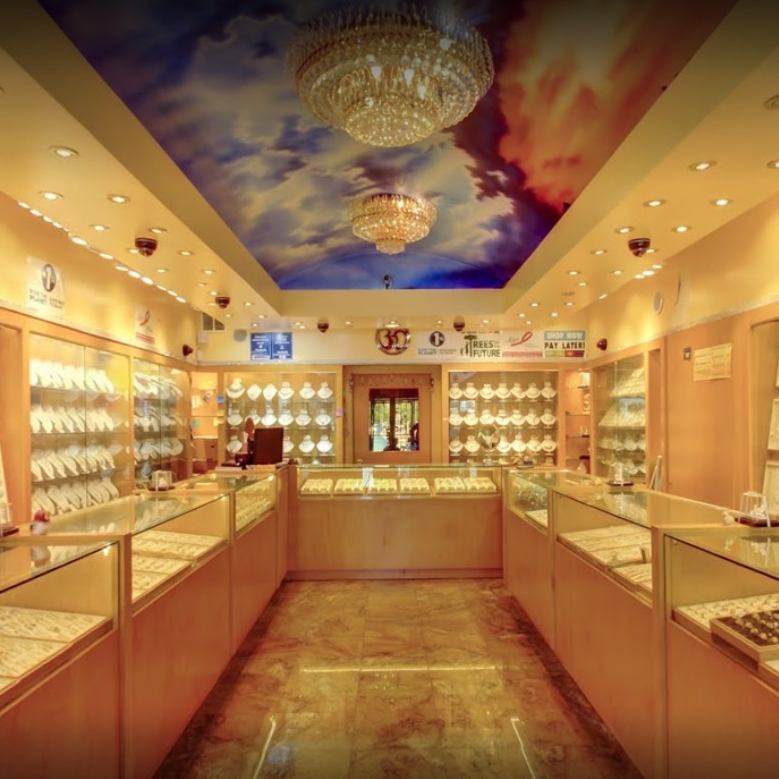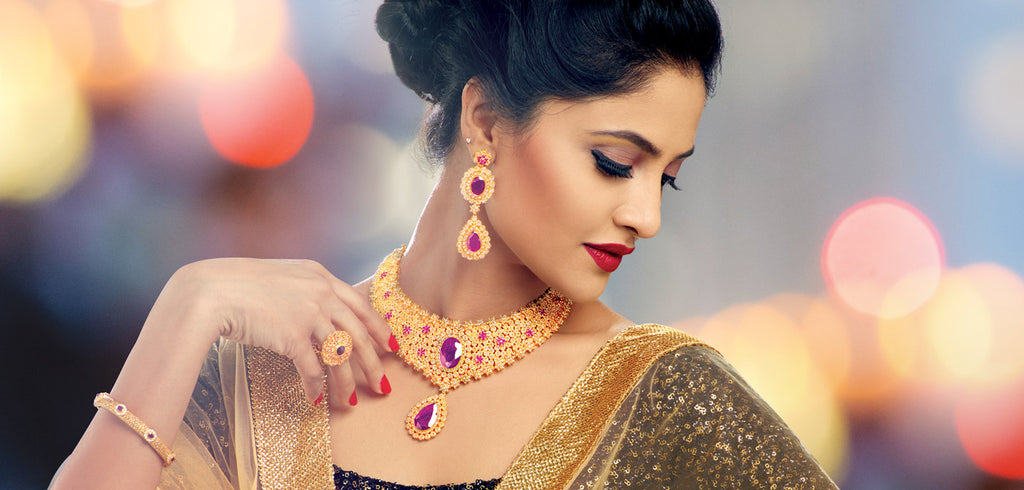The Historical Evolution of Mixed Metal Settings in Diamond Jewelry
The art of mixing metals in jewelry design is not a new phenomenon. Throughout history, artisans and craftsmen have experimented with different metal combinations to create pieces that are both visually striking and culturally significant. The evolution of mixed metal settings in diamond jewelry is a testament to the ingenuity and creativity of jewelry makers across centuries. Let's embark on a journey through time to explore the historical evolution of mixed metal settings and uncover the stories behind these timeless creations.
Ancient Origins:
The practice of mixing metals in jewelry dates back to ancient civilizations, where artisans would combine various metals such as gold, silver, copper, and bronze to create ornate adornments. In ancient Egypt, for example, jewelry makers utilized a technique known as "granulation" to fuse tiny gold beads onto silver or copper surfaces, creating intricate patterns and designs. Similarly, in ancient Greece and Rome, artisans crafted exquisite pieces using a combination of gold, silver, and bronze, often embellished with gemstones and enamel.
Medieval Mastery:
During the Middle Ages, mixed metal settings reached new heights of sophistication and artistry. In Europe, skilled craftsmen employed techniques such as damascening, where contrasting metals were intricately inlaid into each other to create elaborate designs. This technique was particularly popular in regions like Spain and Italy, where artisans crafted stunning pieces adorned with intricate patterns and motifs. Mixed metal settings became synonymous with luxury and prestige, adorning the crowns, scepters, and regalia of royalty and nobility.
Renaissance Revival:
The Renaissance era witnessed a revival of interest in classical art and culture, leading to a renewed appreciation for mixed metal settings in jewelry design. Renaissance artisans drew inspiration from ancient Greek and Roman designs, incorporating motifs such as scrolls, acanthus leaves, and mythological figures into their creations. Goldsmiths experimented with new techniques such as repoussé and chasing, which allowed them to create intricate relief patterns on metal surfaces. Mixed metal settings became increasingly elaborate, with gold, silver, and precious gemstones used to embellish rings, necklaces, and earrings fit for royalty and aristocracy.
Victorian Virtuosity:
The Victorian era saw a resurgence of interest in mixed metal settings, driven by advances in technology and changing tastes in fashion. Goldsmiths and jewelers embraced the eclectic aesthetic of the period, combining different metals such as gold, silver, and rose gold to create pieces that were both ornate and sentimental. Victorian jewelry was characterized by its romantic motifs and symbolic imagery, with designs often incorporating elements such as flowers, hearts, and serpents. Mixed metal settings were also used to create striking contrast and depth, with gold and silver accents adding richness and texture to the overall design.
Modern Mastery:
In the modern era, mixed metal settings continue to captivate the imagination of jewelry designers and enthusiasts alike. Contemporary artisans draw inspiration from the rich history of mixed metal jewelry, incorporating elements of traditional craftsmanship with innovative techniques and materials. Mixed metal settings are celebrated for their versatility and expressiveness, offering wearers the opportunity to create personalized and meaningful pieces that reflect their individual style and taste. Whether it's a sleek and minimalist design or a bold and dramatic statement piece, mixed metal settings remain a timeless choice for diamond jewelry aficionados around the world.
In conclusion, the historical evolution of mixed metal settings in diamond jewelry is a testament to the enduring allure and versatility of this timeless design element. From ancient civilizations to the modern era, artisans have continued to push the boundaries of creativity and craftsmanship, creating pieces that transcend time and culture. Mixed metal settings are not just decorative adornments; they are tangible expressions of artistry, culture, and heritage that continue to inspire and delight generations of jewelry enthusiasts.

















